
The following are notes from Sadie Robertson Huff’s interview with Craig Groeschel at #GLS20. Use them to help you apply the content you learned at the Summit.
Our world is full of those that want to have influence, but if true leadership means we are using our influence to make a positive difference in our world, then Sadie Robertson Huff is a true leader. In this session, Craig Groeschel interviews Sadie drawing out some of the unique ways this entrepreneur has tackled leadership and used her platform for good. She helps gain insight into how to build trust, handle public criticism and continue to grow as a leader.
Groeschel: When would you say was one of the first times that you might’ve recognized, “I do have a gift of leadership?
Robertson Huff: It took me longer to recognize.
- My mom always said, “You’re a leader, you have a natural born leadership.”
- Actually, my grandma, every day before we went to school, when we spent the night with her, she would say, “Okay, be a good leader. Be an example today.” I heard that every single morning.
- I think I constantly was prepped, even from that time of a young age to be a good leader and example in what I was doing, but I didn’t really think about it.
- In seventh grade, middle school started. Girls started to get mean in middle school. And I told my mom, “This is ridiculous. I have got to do something.”
- Asked the teacher to meet with all the fifth-grade girls and encouraged them to not become mean as they aged into middle school.
- Insecurities lessened when reading Hebrews 10:35 “Do not forget the confident trust that you have in the Lord, for that will be richly rewarded.”
- That doesn’t mean I have to be confident in myself, that means I have to be confident in who made me. And through that trust, maybe I could really do something, not because of my power, but because of God’s.
Groeschel: Parents, empower your children to think in a different way.
- And then you said you didn’t even recognize or realized that you were leading, and I think there may be some people right now you don’t even recognize in this moment, at this time, you are leading and making a difference.
- Feel the power, or the weight, the responsibility of that–you are a leader.
How you make an impact?
Robertson Huff: I started a ministry called Live Original.
- I’ve written three books, I have started to tour, I started a clothing company, a podcast.
- Anything I can do to reach people by the love of Jesus is what I’m doing.
- Ask, “How can we reach this generation with the love of Jesus?”
Groeschel: What qualities do you look for in those people to assemble the leaders around you?
Robertson Huff: STORY | Assembling Her Team:
- My team is organically and passionately sourced.
- Encouraging others to live their passion and pursue their interests.
- Noticed her team member’s doodles.
- Hired her full time to create artwork to convey the messages wanting to communicate.
- Artist now runs the Instagram that has acquired over 200,000 followers.
- Living the passion God has placed in our lives.
- Living according to what purpose we are meant to do.
Groeschel: How do you learn to trust your team? And then secondly, how do you create trust with those who are looking to you?
Robertson Huff: This is something I’ve struggled with.
- Trust is so big for me–it’s so crucial. I’ve asked them (the team) the hard questions, they’ve asked me the hard questions, so we’ve said the hard things, but we’ve also celebrated each other and the high moments of life and the good moments of life.
- Invest in each other’s life. Some people run companies or churches with hundreds of people, and you can’t do that with everybody. But I think if you can, if you can invest in somebody’s life in the highs and lows, it naturally builds such trust.
- Leaning into the StrengthsFinders quiz and selecting a strength to base work around to best communicate and cultivate a team and mutual goals/the mission.
- The team is able to say, “We can trust each other”, “We know where we’re going to go”, and “It’s going to impact people with faith and it’s going to be authentic”.
- If you’re all on the same page, you can trust people knowing we’re going in the same lane.
- Hve the relational intelligence to say, “Hey, that was a little off,” or, “That wasn’t your best, but here’s how it can be better.”
Groeschel: What would you say to an emerging leader to help create more of a spirit of authenticity?
Robertson Huff: Whenever you’re authentic and are just real with people and you let people into what you’re going through, it really helps you get to where you’re going faster.
- Say, “Hey, I feel like we should talk about this subject because I think this generation really needs it. But to be honest, I’m really struggling with this.”
- Talking points will come from that and end up being in the message.
- As a leader, it only makes you better to be authentic and to be straight up with people.
- Young leaders especially in this generation crave authenticity because so many things are fad or fake.
Groeschel: What advice would you have for other leaders that are starting something right now?
Robertson Huff: You can’t know it all.
- If you fall in public, then you’ll get up twice as fast.
- If you make a mistake, you’re going to learn twice as fast if it’s in public.
- You have to have humility.
- Know that it’s not always going to be perfect and it’s not always going to go right, but you’re going to get to where you’re going through falling a few times.
- Be a student.
- Ask, “What could I be better at?”
- Speak into others.
- Ask yourself how you can get the most out of your mentors.
Groeschel: How do you get the most out of your mentors?
Robertson Huff: Being authentic, vulnerable and real.
- Say, “Hey this is what I’m struggling with”.
- Be willing to listen to their answer.
- Be willing to do the work.
- Ask questions.
- “How did you get past that hump?”
- “How did you get to where you’re going?”
- Ask questions and let them speak into you, listening for the answer.
Groeschel: How do you deal with the weight and responsibility of influence knowing that what you say, what you show, what you portray, really does impact people.
Robertson Huff: A lot of prayer.
- Having real and honest prayers with God.
- Admitting, “God, I’m really scared, and I think you chose the wrong person.”
- Allow the Lord to meet you in those moments and places of fear.
- Get rooted in the Word and rooted in prayer, then stay in it.
- Let the light of Jesus shine through.
- Understand it’s just not about me at the end of the day. It’s not for me to gain more followers, it’s not for me to get more likes, it’s not for me to get more attention, it’s for God to get the glory. And in that the weight is lifted because it’s carried by Jesus with you.
CONNECTION | Reminder In Fear:
- Breathing techniques.
- Self-reminders: “The Lord did not give us a spirit of fear, he gave us a sound mind.”
- Saying, “Okay Lord, if you didn’t give me a spirit of fear, then give me a sound mind right now”.
- Believe you can conquer fear through the power of God when you invite God in.
Groeschel: How do you handle those who shoot at you unfairly?
Robertson Huff: If you’re a leader, you’re just going to get criticism.
- Grandma would say, “If you’re holding the football, you’re going to get tackled. It’s simple. It’s just how it is.”
- Mom would say, “Don’t let those people’s opinions be the ones that matter in your life. You have so many people who do love you, who believe in what God’s calling you to, don’t let that one person’s opinion stop you from everything that God’s called you to.”
- If you’re not careful, in the silent ways, it creates a little insecurity in your heart, but then you don’t realize how that one comment that you read three years ago is still replaying in your head whenever you’re going to do something.
- It’s super important that you don’t let those things take root in your life and that you actually get them out no matter how silly they might sound. I think it’s important to pay attention to, but it’s super important to not let that drive the ship of your life.
Groeschel: What is it that just keeps you driving and showing back up?
Robertson Huff: Connecting with others who have the same mission- to go and preach the gospel.
- Connection with husband, Christian.
- Jesus experiencing criticism in his life–“If they hate you, they hated me first.”
- Going back to the mission and what Jesus said, “Go and tell. Go into the world. Go and preach the Gospel.”
Groeschel: Could you speak to the leader who is hitting what I might call an insecurity ceiling.
Robertson Huff: If we didn’t feel those things, then the enemy wouldn’t be doing his job.
- There’s always going to be something that maybe we’re insecure about. And I think it’s important for leaders to listen too.
- I’ve had so many of those insecure moments.
- What God’s done in my life God can do in your life, because it’s the same Spirit of Him that brings that confidence.
- Trust the process.
- Know, “God’s going to catch me and I’m going to see something I won’t have seen before had I not jumped.”
View All GLS20 Session Notes >>

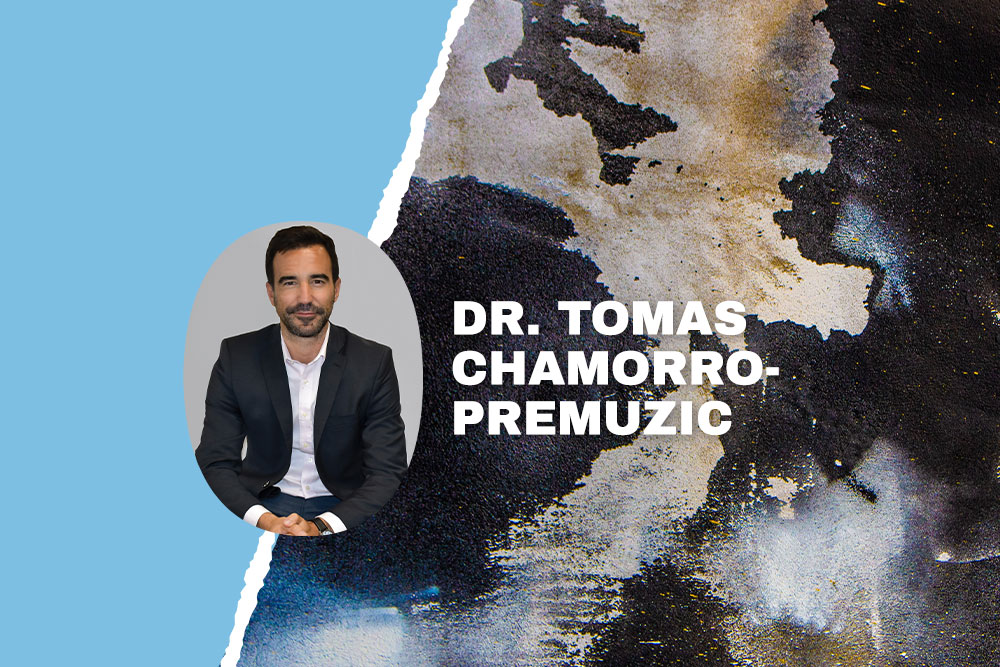
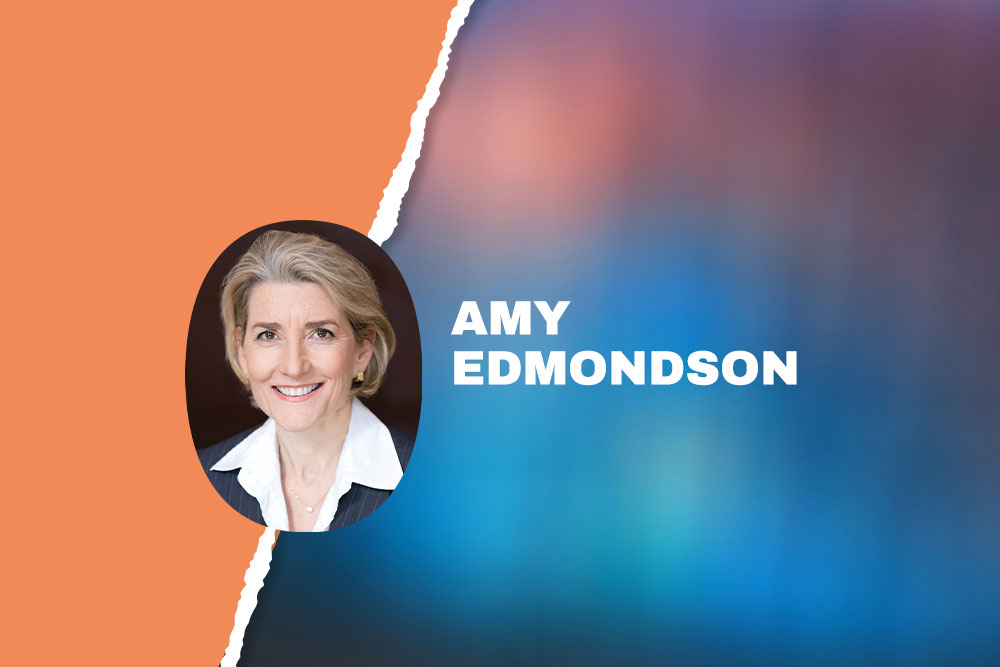
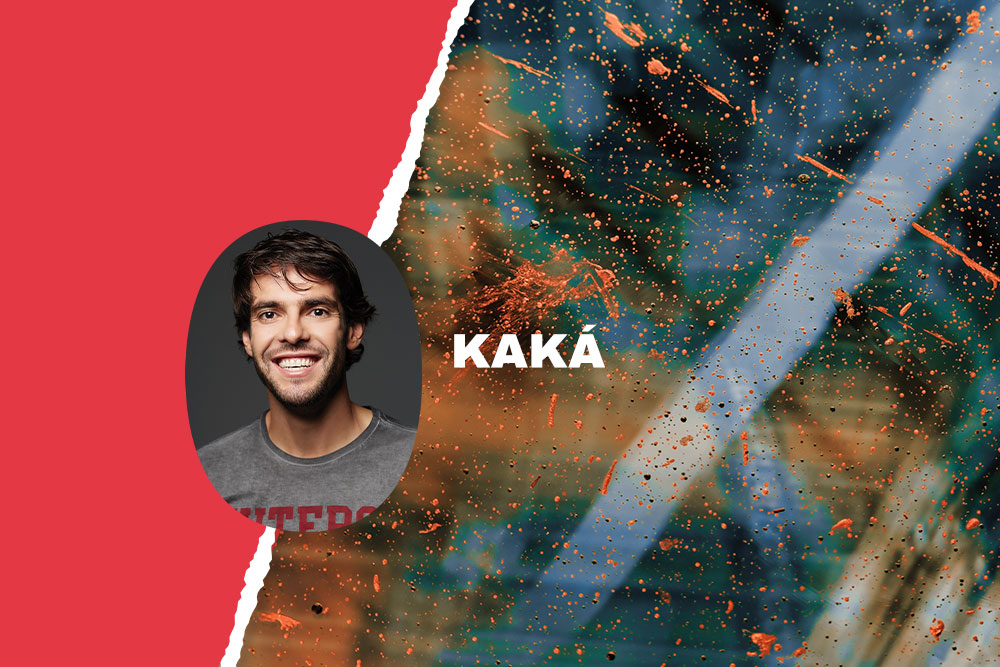
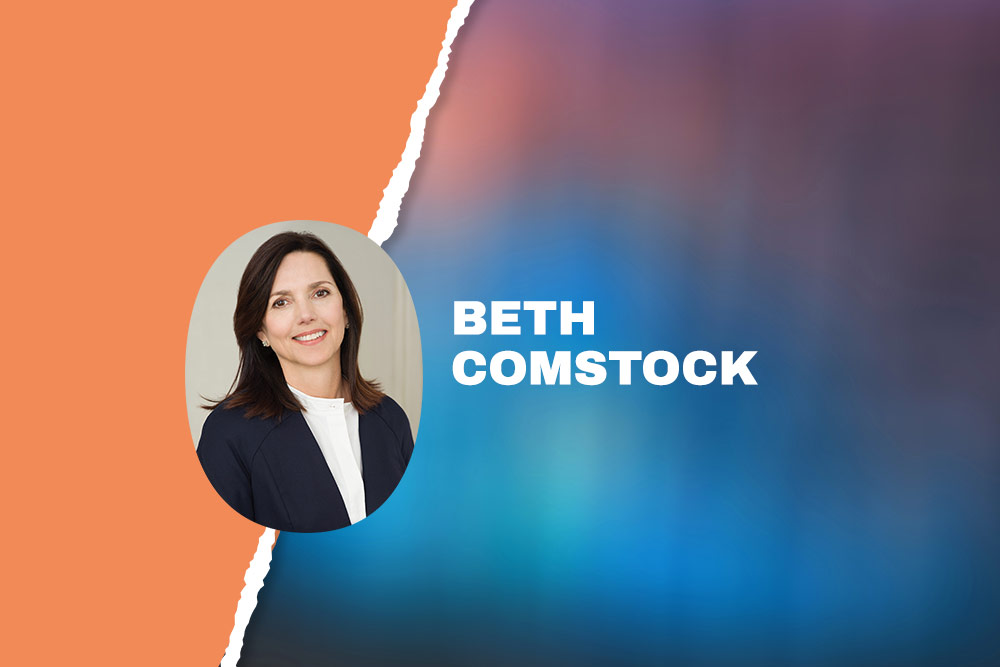
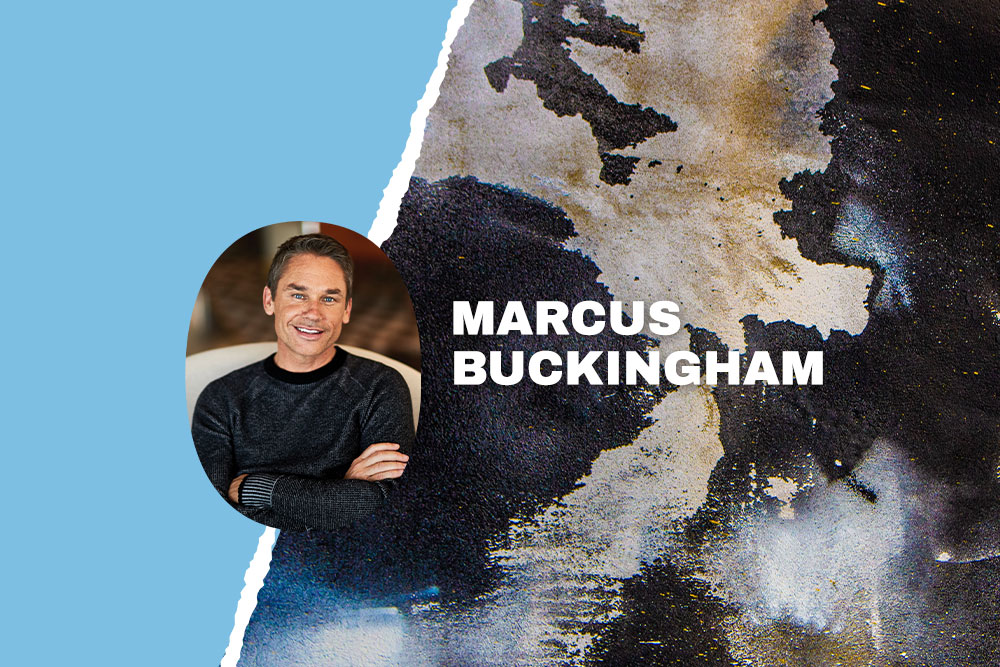




 The GLS is critical. In many areas of the world, there are multiple avenues people can pursue to fine-tune their leadership ability. But this is not true in countries like mine. Having done this for about 9 years, the GLS has now become a household word. And the result is transformation. Inevitably it’s creating a better country. It’s creating better opportunities for young people. And because we are so global, the ripple effect is creating a better world.
The GLS is critical. In many areas of the world, there are multiple avenues people can pursue to fine-tune their leadership ability. But this is not true in countries like mine. Having done this for about 9 years, the GLS has now become a household word. And the result is transformation. Inevitably it’s creating a better country. It’s creating better opportunities for young people. And because we are so global, the ripple effect is creating a better world. We believe that the church is the hope for a country like Venezuela. By fortifying the leadership within both the church and business, this will help spur on reconstruction that is to come. Doing that which is right in the eyes of God, coupled with using the abilities He has given us, will allow us to have a better tomorrow. Through the GLS, the church has realized it is playing a massive role in the crucial moment our country finds itself in. Summit attendees view themselves as representatives of hope and capable of doing something for their country.
We believe that the church is the hope for a country like Venezuela. By fortifying the leadership within both the church and business, this will help spur on reconstruction that is to come. Doing that which is right in the eyes of God, coupled with using the abilities He has given us, will allow us to have a better tomorrow. Through the GLS, the church has realized it is playing a massive role in the crucial moment our country finds itself in. Summit attendees view themselves as representatives of hope and capable of doing something for their country.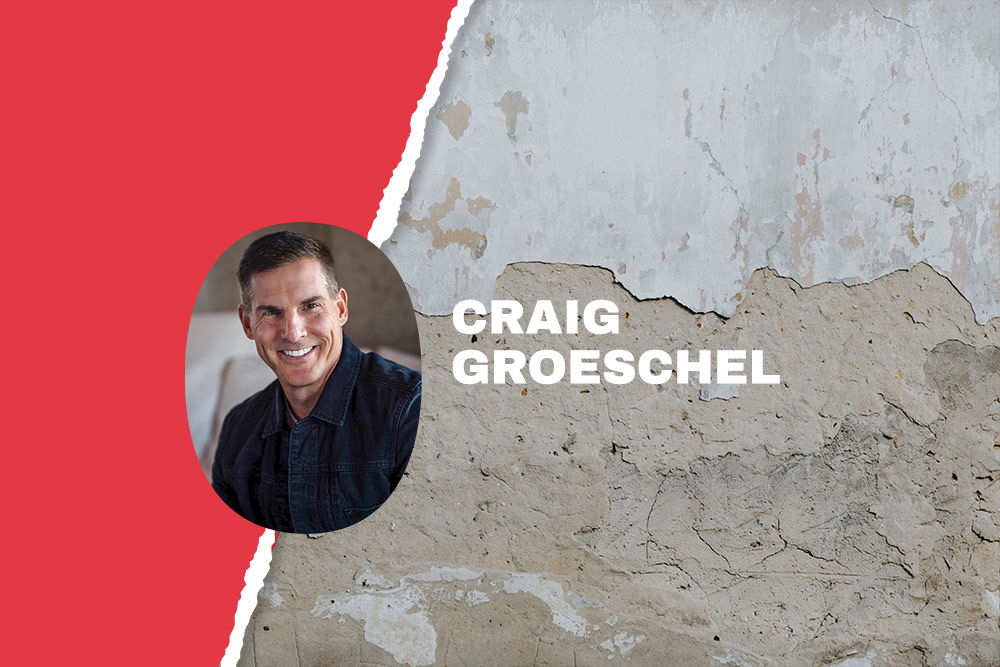
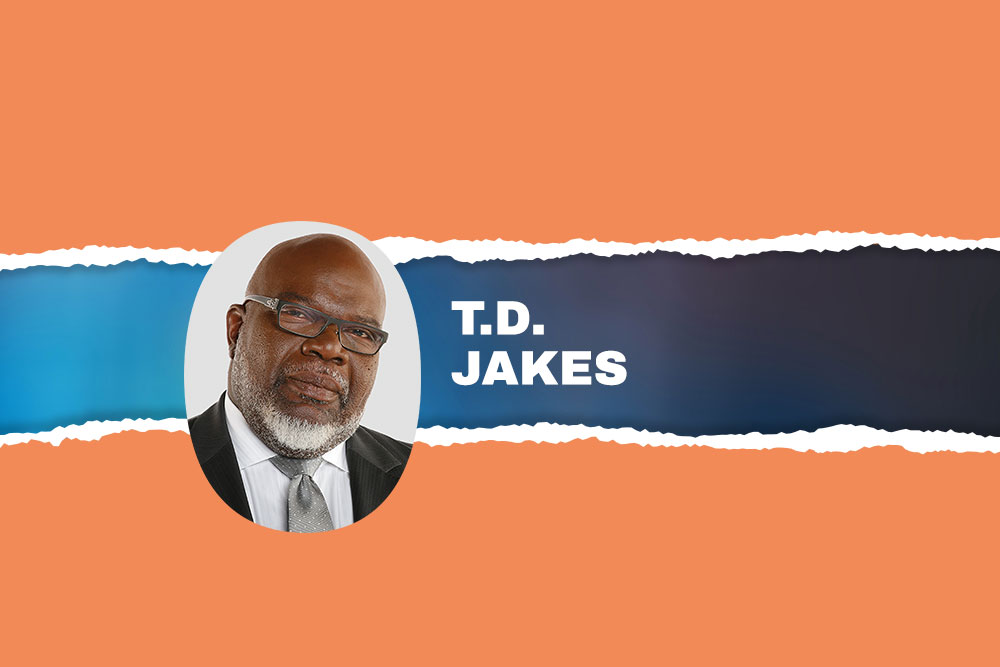

Recent Comments